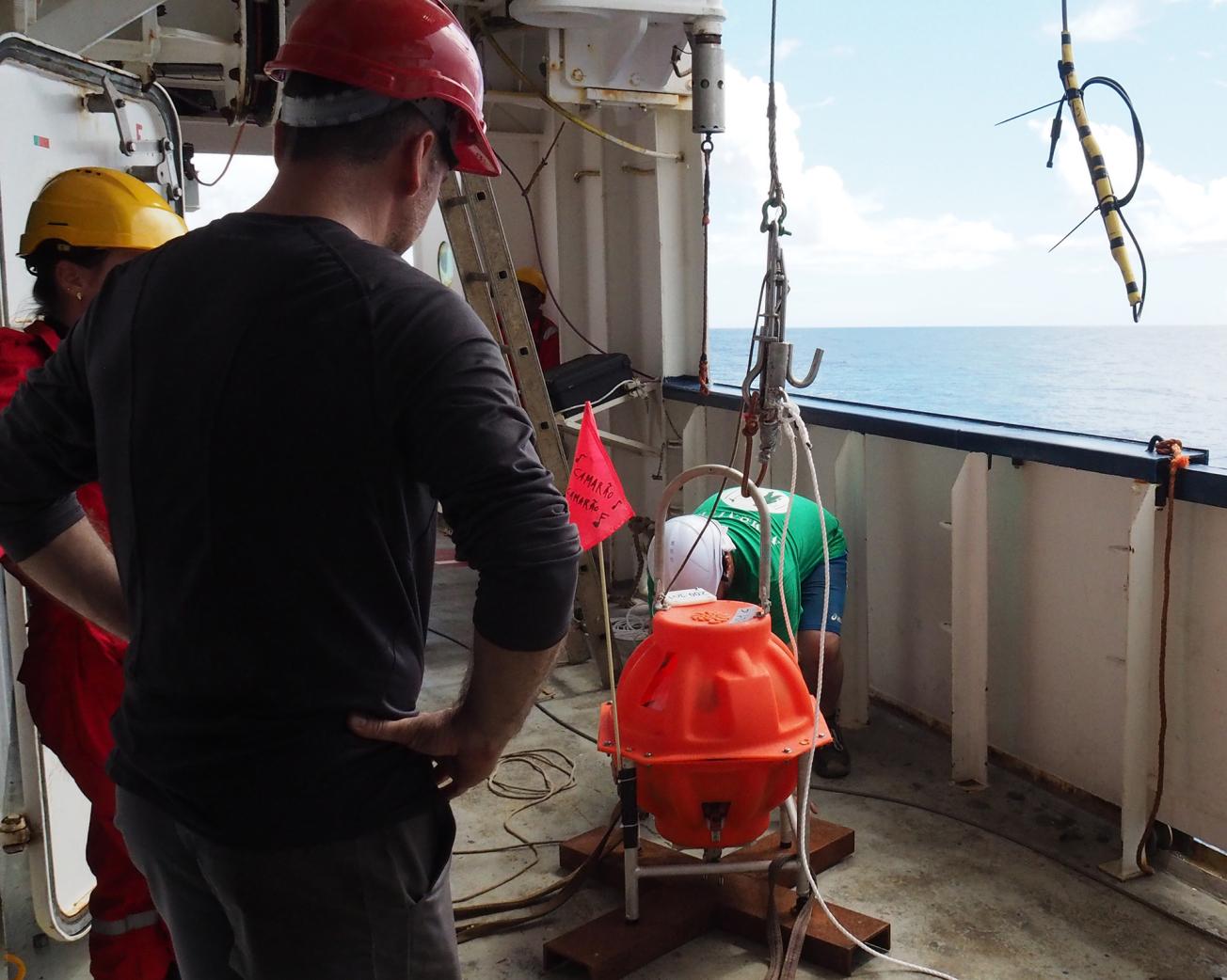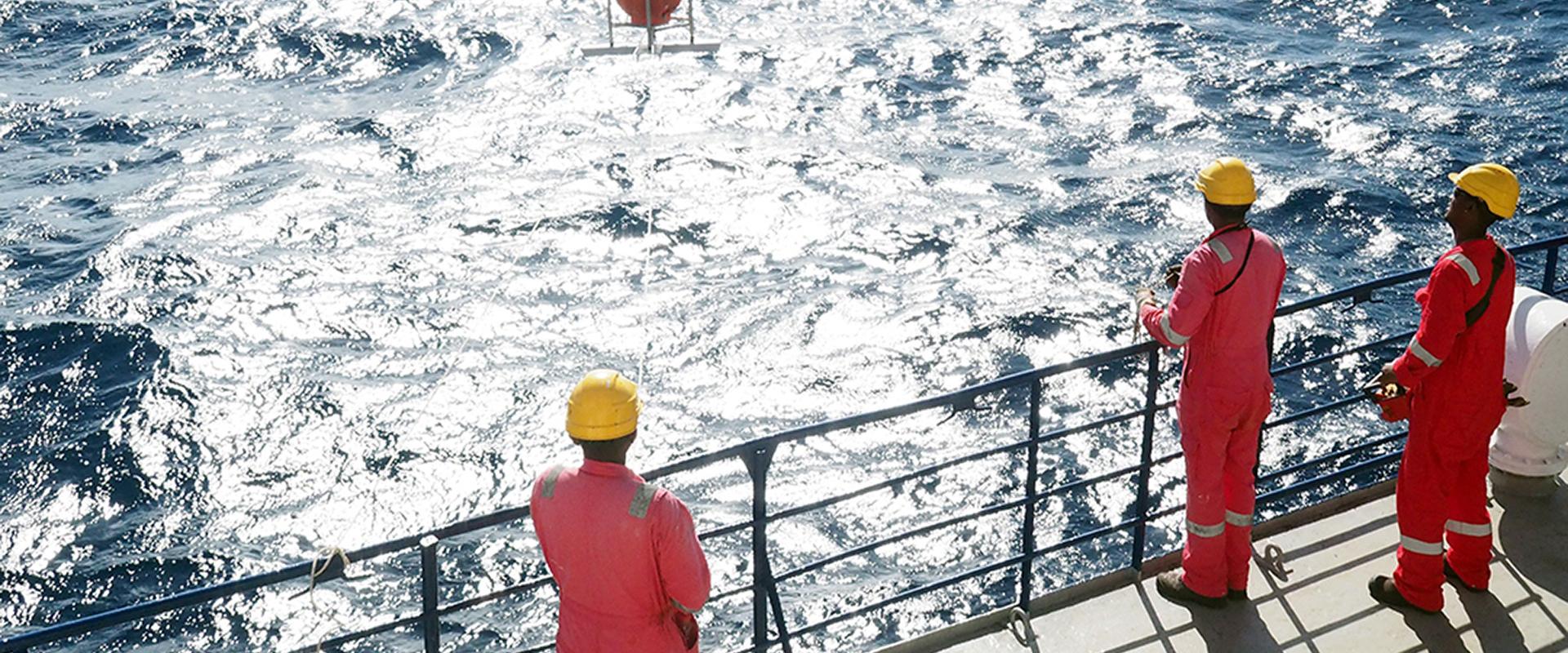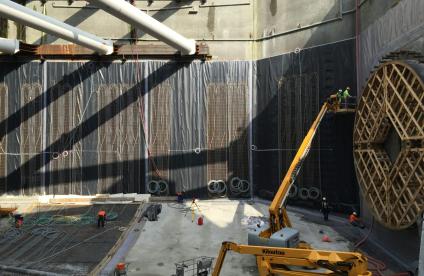
MAYOBS2 oceanographic campaign in Mayotte to study the new underwater volcano discovered in May 2019 (Mayotte, 11 to 17 June 2019).
© BRGM - Anne Lemoine
MAYOBS 13 oceanographic campaigns by the Mayotte volcanological and seismological monitoring network
As part of the measures deployed by the public authorities to better understand the seismic and volcanic phenomena that have been affecting Mayotte since May 2018, two new sea-based campaigns are being organised off the island in early May 2020 by the Mayotte Volcanological and Seismological Monitoring Network (REVOSIMA).
To recover data from seismic stations on the seabed and carry out maintenance on the stations (MAYOBS 13-1)
The aim of this campaign is to ensure the continuity of seismological recordings at sea; these data are essential for putting in place measures aimed at monitoring and preventing natural and coastal risks, in order to protect the population. In practice, this campaign will involve recovering the underwater seismic stations (OBS, Ocean Bottom Seismometer) that have been installed. The equipment will be reconditioned and redeployed immediately for another period of recording operations. The first MAYOBS 13-1 mission team will leave La Réunion on 7 May. The mission will use the French Navy's overseas support and assistance vessel (BSAOM) Champlain, which will be carrying four scientists from IFREMER, the Paris Institute of Planetary Physics (IPGP) and the French National Centre for Scientific Research (CNRS), as well as the usual crew. All of the scientists will have completed 14 days of isolation in La Réunion and undergone a Covid-19 screening test before boarding the ship.
To develop new underwater maps to monitor seismic and volcanic activity on the seabed (MAYOBS 13-2)
The objective of this campaign is to acquire data to determine whether the underwater volcanic phenomena detected during the 2019 missions (lava flows, volcanic fluids, etc.) have remained active and whether new phenomena have occurred since then. The seabed will therefore be swept with an echo sounder that will make it possible to draw up maps of the seabed (known as bathymetric maps) and identify new volcanic flows. These new maps will make it possible to observe any changes since July 2019. The second mission (MAYOBS 13-2) is scheduled to arrive in the area on 6 May. This week-long mission will be based on the Gauss, a ship belonging to the company Fugro. Scientists from IFREMER, IPGP, BRGM and CNRS will oversee the campaign 24 hours a day from Brest, Paris and Orléans.
The results of both campaigns will be published to a wide audience.







